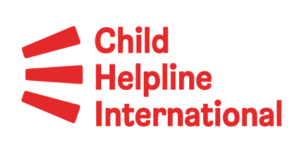Child sexual exploitation and abuse online is a growing global crisis, both in terms of scale and the evolving methods used by perpetrators.
WeProtect Global Alliance recently published their latest version of the Global Threat Assessment, a biennial report on the global state of child sexual exploitation and abuse online and how to draw on this evidence to turn the tide on this issue.
This report shows that new forms of abuse, such as financial sexual extortion and AI-generated abuse imagery, underscore the urgent need for the implementation of Safety by Design principles, global alignment of internet regulations, and the application of public health strategies to violence prevention. Additionally, it is crucial to involve children’s voices and adopt a child-centred approach to better understand the threat and bridge gaps in the response.
The volume of child sexual abuse material reports has increased by 87% since 2019 (+32M).
National Center for Missing & Exploited Children
45 minutes is the average time for a child to be locked into a high-risk grooming situation in a social gaming environment.
Crisp
A 360% increase
in “self-generated”
sexual imagery of 7-10 year olds was registered.
Internet Watch Foundation
39% of respondents to a survey of dark web users reported they had viewed child sexual abuse livestreaming.
Suojellan Lapsia’s
What’s the Global Threat Assessment?
Every two years, WeProtect Global Alliance publishes a report assessing the current scale and scope of child sexual exploitation and abuse online, to improve the global response to this threat.
This report aims to encourage evidence-based action, recommend solutions and measures based on the evidence, and highlight opportunities to prevent abuse before it happens.
Urgent calls to action
- Invest in public health approaches, prioritising preventative measures, such as Safety by Design.
- Centre children’s rights and perspectives in designing interventions, providing children with age-appropriate resources on online safety.
- Implement globally aligned legislation to prevent offenders from benefitting from legal loopholes and avoid tech companies making duplicative efforts in reporting, removing and blocking abusive content.

